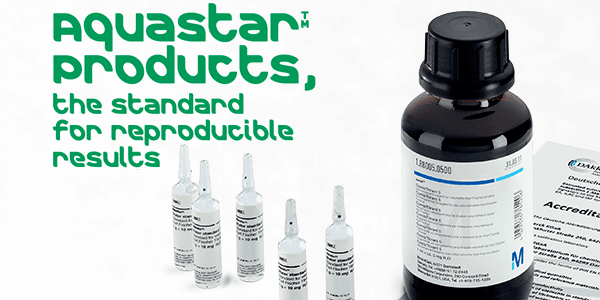Abstract
The yield stress characteristic is a property associated with numerous types of complex fluids - whereby the material does not flow unless the applied stress exceeds a certain value. This is evident in everyday tasks such as squeezing toothpaste from a tube or dispensing ketchup from a bottle, but is important across a whole range of industries and applications. The determination of a yield stress as a true material constant can be difficult as the measured value can be very much dependent on the measurement technique employed and the conditions of the test, of which there are many. Consequently, there is no universal method for determining yield stress and there exist a number of approaches, which find favour across different industries and establishments. This White Paper discusses the various approaches available to measure yield stress, and aspects of the practical measurement set-up and test parameters that need to be considered to obtain relevant, robust and reliable yield stress data using a rotational rheometer.
Introduction
Many complex fluids, such as network forming polymers, surfactant mesophases, emulsions etc do not flow until the applied stress exceeds a certain critical value, known as the yield stress. Materials exhibiting this behavior are said to be exhibiting yield flow behavior. The yield stress is therefore defined as the stress that must be applied to the sample before it starts to flow. Below the yield stress the sample will deform elastically (like stretching a spring), above the yield stress the sample will flow like a liquid [1].
Most fluids exhibiting a yield stress can be thought of as having a structural skeleton extending throughout the entire volume of the system. The strength of the skeleton is governed by the structure of the dispersed phase and its interactions. Normally the continuous phase is low in viscosity, however, high volume fractions of a dispersed phase and/or strong interactions between components can increase the viscosity by a thousand times or more and induce solid like behavior at rest [1, 2].






